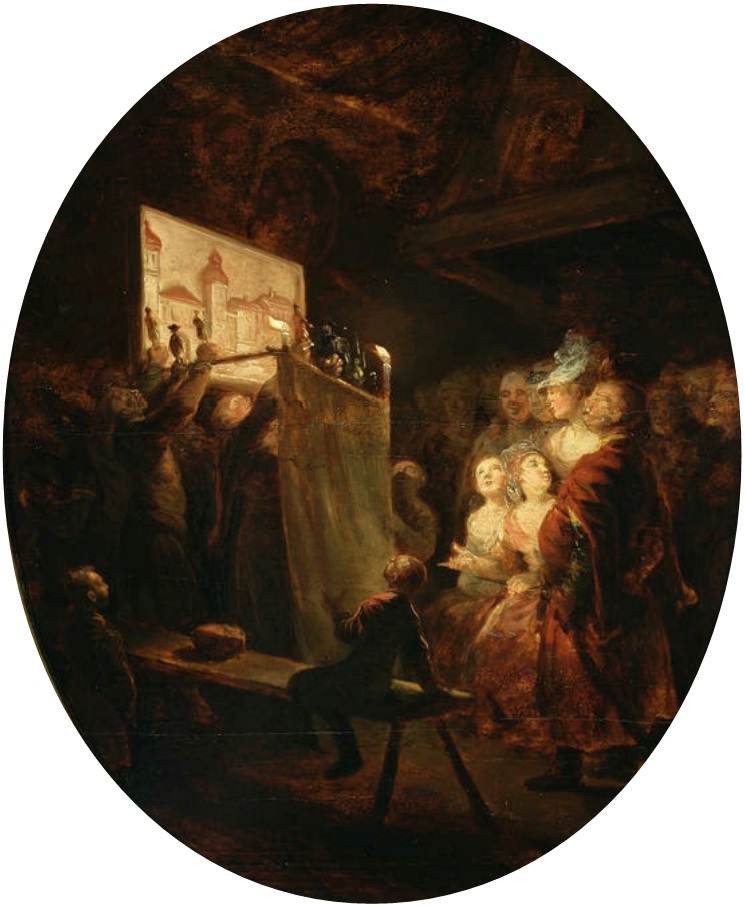
Marionette
A marionette (/ˌmæriəˈnɛt/ MARR-ee-ə-NET; French: marionnette [maʁjɔnɛt] ) is a puppet controlled from above using wires or strings depending on regional variations. A marionette's puppeteer is called a marionettist.[1] Marionettes are operated with the puppeteer hidden or revealed to an audience by using a vertical or horizontal control bar in different forms of theatres or entertainment venues. They have also been used in films and on television. The attachment of the strings varies according to its character or purpose.
This article is about the type of puppet. For other uses, see Marionette (disambiguation).Etymology[edit]
In French, marionnette means "little Mary". During the Middle Ages, string puppets were often used in France to depict biblical events, with the Virgin Mary being a popular character, hence the name.[2]
In France, the word marionnette can refer to any kind of puppet, but elsewhere it typically refers only to string puppets.
Control bar types[edit]
Asian paddle[edit]
This type of control has many strings attached to a rounded rectangular paddle with a short handle, all the strings are attached and hang from the outer edge of the paddle and are used by selecting each string with the opposite hand and pulling to control the figure which hangs below.[22]
Horizontal[edit]
This control is a bar that is held in the hand in a horizontal plane. There can be numerous bars at right angles to the central bar, which in turn attach via wires to the hands, shoulders, back, etc. A smaller plate is usually hung under the main bar, and this carries the head strings; likewise, a detachable clip usually holds the leg bar. This style of control is generally used in the US for human figures and is also known as the American control. A similar control is almost universally used for quadruped animals; as it emulates the basic shape of the animal, rocking it from side to side will control the leg movements in unison. The Salzburg Marionette Theatre in Austria also uses a variant of this style for its human characters.
Vertical[edit]
This type of control is an upright bar that has various smaller bars inserted at right angles from which the head, shoulder, back etc. strings etc. are attached to. This control usually has a detachable leg bar that controls walking when held in the opposite hand. The arms are controlled by wires which are inserted into a hole in the shaft bent at approximately 45 degrees to the shaft and hang loosely with a loop at the end to attach the hand strings, these are then moved by the fingers holding the main shaft. A tilt of the main upright controls the head and body with a fine nuance, This type of control is usually called the British control. Another variation of the vertical control is found in Europe usually a rigid wire rod extends from the centre of the head upward and is fixed rigidly to the control, The leg bar is inserted through the main upright but pivots on a pin to allow movement of the legs.
Styles[edit]
German[edit]
They have eight strings that are attached to the legs, hands, head, shoulders, and back. The controls are horizontal.
British[edit]
British marionettes are similar to German marionettes. The usual human form has nine strings — one string to each knee, hand and shoulder, two strings to the head and one string to the lower back. The control is usually the British upright control with separate leg bar. Optional stringing includes elbows, forehead or nose.[23]
Pelham Puppets are a commercially made British puppet who usually have seven strings that are attached to the legs, hands, head and back. The controls are usually a horizontal folding cross bar. Bob Pelham developed the British marionettes in 1947.
Sicilian[edit]
Sicilian marionettes are among the simplest marionettes to operate. They are usually carved out of wood and have a sturdy rod that extends up through the body into the head. This rod, and one string attached to the hand, controls the manipulation of the puppet.
Czech[edit]
Czech rod marionettes are similar to Sicilian ones though they are more complex. They are hand-carved, usually using lime wood. The marionettes have the central rod-like the Sicilian marionette but also have strings for the arms and legs. Sometimes they also use string to control a mouth or movable ears. These require more skilled manipulation. Czechs also have marionettes that have no central rod and strings that are attached to the head, shoulders, and back. These are the most difficult marionettes to manipulate due to the absence of the central rod. Miroslav Trejtnar is an acknowledged master puppeteer and teacher of traditional Czech marionette-making skills.
A BBC article explains how this craft saved Czech culture and language from being eradicated in favor of German.[24]






